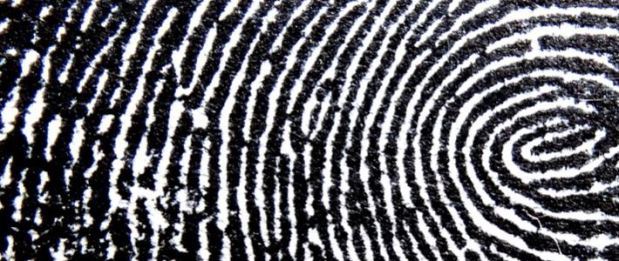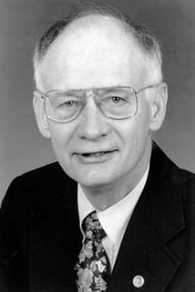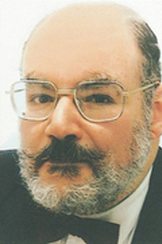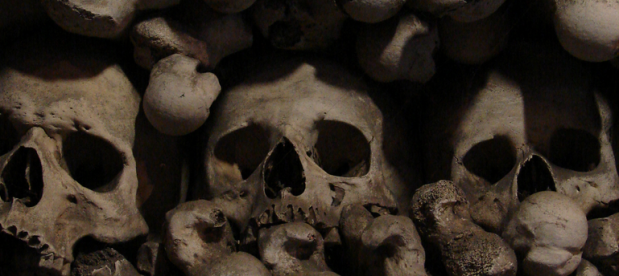The use of fingerprints as a means of identification has been successfully implemented worldwide. But how did the idea of using these unique impressions in a forensic setting first come about? Many scientists are known to have been involved in the early research relating to fingerprinting, dating right back to the 1600s, but Sir Francis Galton and William Herschel are widely recognised as the real pioneers of forensic fingerprinting.
However the story actually begins with the work of another man: Henry Faulds. In the late 1880s, the Scottish physician was working in Japan in a number of roles, one of which caused him to be involved in various archaeological digs. During this time he first stumbled upon the uniqueness of fingerprints after discovering prints left behind by craftsmen in old pieces of ceramic pottery. This allegedly inspired his notion of using fingerprints to identify criminals, at which point he promptly published an article in Nature detailing his thoughts on the matter. In his manuscript, “On the Skin-Furrows of the Hand”, Faulds suggested the possibility of using fingerprints to identify individuals, however did not provide anything to support his theory other than the anecdotal evidence of his own use of fingerprints to identify the perpetrator of a break-in at his hospital. Back in the UK, Faulds shared his ideas with Scotland Yard, but they unsurprisingly had no interest in this somewhat unsupported theory. Incidentally, Faulds also shared his work with Charles Darwin. Although Darwin did not pursue the research himself, he did forward the information to his cousin, Francis Galton. At the time, nothing came of this interaction.
Shortly after Fauld’s publication in Nature, William Herschel, a British civil servant who was based in India at the time, soon published a responding letter in Nature claiming he had been using fingerprints as a means of identification for years. A very public argument over who should claim credit for this idea ensued between the two scientists which lasted for years, though the world paid little attention. There was quite simply no data to support the claims of the two men.
A couple of years later, Sir Francis Galton once again enters the picture. Now heavily involved in the field of anthropometry (the study of measurements of the human body), he began working with Herschel to gather the much-needed data necessary to support the theory of fingerprints as a means of identification. Galton’s research allowed him to collect thousands of fingerprints and ultimately conclude that fingerprints were in fact unique to the individual, could persist on a surface for years if not decades, and could be easily used to develop a system of storing and comparing prints. Galton presented his findings at the Royal Institution, sharing his and Herschel’s research in fingerprinting as a means of identification. Based on Galton’s work, the use of fingerprinting was finally considered by Parliament in 1894, and was soon implemented in criminal investigations. Galton and Herschel were now viewed as the original pioneers of forensic fingerprinting, whereas Faulds later spent years fighting to be recognised as the true founder, petitioning to academic journals, newspapers and even the Prime Minister.
In 1892, anthropologist Juan Vucetich made history by using fingerprint evidence to positively identify the culprit in a criminal case. When the children of Francisca Rojas were found murdered, Vucetich implicated Rojas when a bloody print allegedly proved she was the murderer. Since then, the study and use of fingerprints has been a fundamental aspect of forensic investigations worldwide.
References
Faulds, H. On the Skin-Furrows of the Hand. Nature, 1880, 22.
Stigler, S. M. Galton and Identification by Fingerprints. Genetics. 1995, 140(3), 857-860.
University of Glasgow. Henry Faulds. [online] Available: http://www.universitystory.gla.ac.uk/biography/?id=WH25214&type=P







